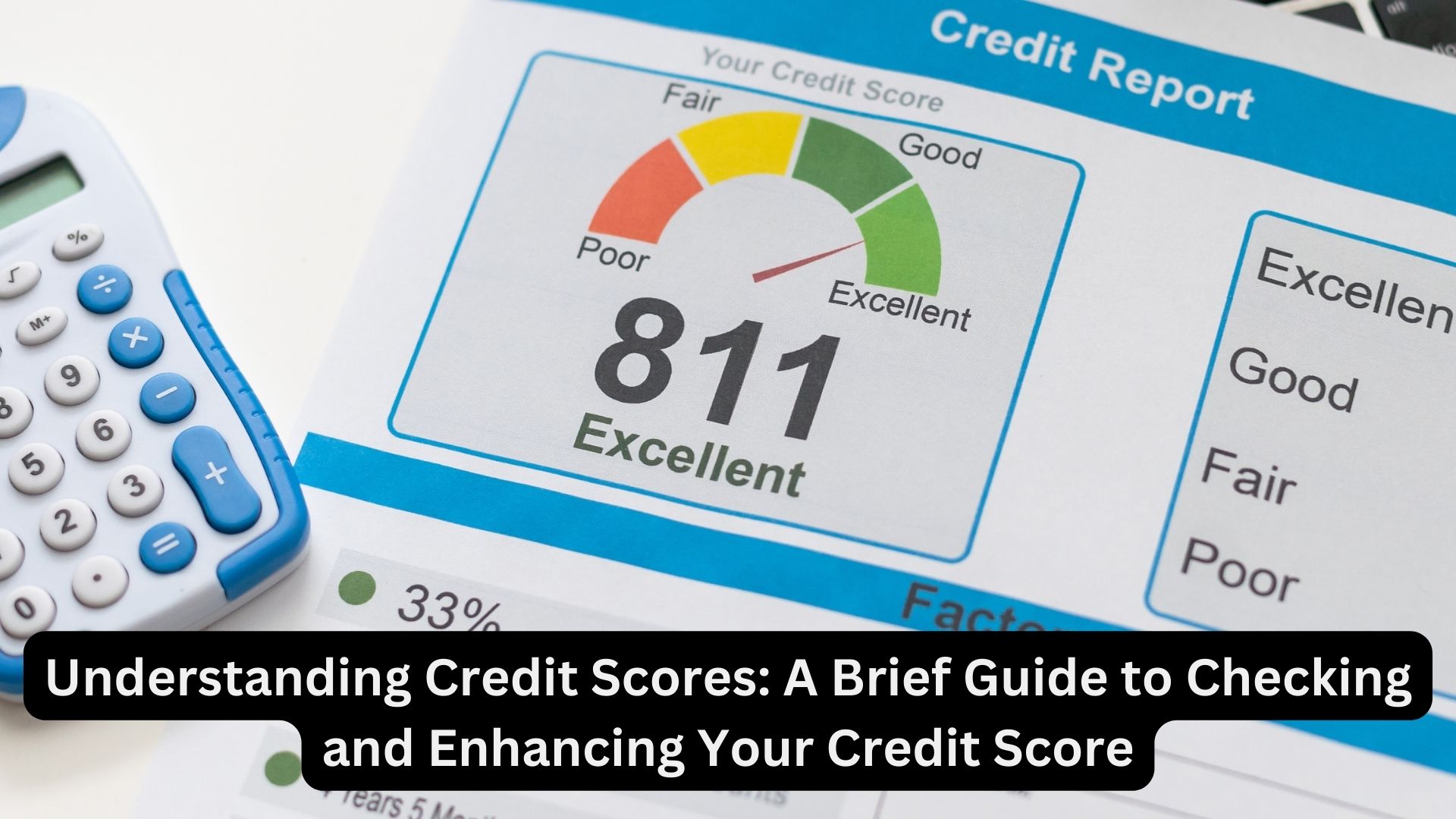
If you’ve ever approached a bank or lending institution for a loan, you’ve likely come across the term ‘credit score’. Banks and lenders rely on this numerical representation to gauge your creditworthiness, or your ability to repay borrowed funds. Here’s a comprehensive overview of credit scores, along with a step-by-step guide to check and enhance yours.
What Exactly is a Credit Score?
A credit score reflects an individual’s creditworthiness based on their past credit behavior. It serves as a critical tool used by lenders such as banks, credit card companies, and mortgage providers to assess the risk of extending credit to a borrower. Scores typically range from 300 to 850, with higher scores indicating lower risk and vice versa. Factors influencing your score include payment history, length of credit history, credit utilization, repayment behavior, types of credit, and more.
Why Does Your Credit Score Matter?
Your credit score holds significant importance when applying for loans, credit cards, or any form of credit. A good score demonstrates responsible financial management, making it easier to qualify for loans with favorable terms and lower interest rates. Additionally, it can unlock better credit card offers, higher credit limits, and access to premium rewards and benefits.
How to Check Your Credit Score: A Step-by-Step Guide
Step 1: Gather Your PAN Card Details Ensure you have your PAN card and necessary personal information such as name, date of birth, and PAN card number ready.
Step 2: Visit the Credit Bureau’s Website Navigate to the official website of your chosen credit bureau and verify its security.
Step 3: Locate the “Check Your Credit Score” Option Identify this option on the homepage of the bureau’s website.
Step 4: Enter Your PAN Details Provide accurate PAN card details and other necessary personal information.
Step 5: Complete Identity Verification Some bureaus may require additional verification steps to safeguard your information.
Step 6: Access Your Report and Score Once verified, you’ll gain access to your credit report and score. Review it for accuracy regarding your credit accounts, repayment history, and overall creditworthiness.
How to Improve Your Credit Score: Quick Tips
- Timely Payments: Ensure timely bill payments to avoid negative impacts on your score.
- Reduce Credit Card Balances: Aim to maintain a credit utilization ratio below 30% by paying down balances.
- Limit New Credit Applications: Minimize new credit inquiries to prevent temporary score decreases.
- Regular Monitoring: Check your credit report regularly for errors and dispute any inaccuracies promptly.
- Diversify Credit Mix: Maintain a healthy mix of credit types, but only open new accounts if manageable.
- Keep Old Accounts Open: Closing old accounts can shorten your credit history, so keep them active when possible.
- Monitor Credit Limits: Request credit limit increases sensibly to reduce your utilization ratio.
- Practice Responsible Usage: Use credit wisely by avoiding maxing out cards and managing debt responsibly.
Also Read

One thought on “Understanding Credit Scores: A Brief Guide to Checking and Enhancing Your Credit Score”